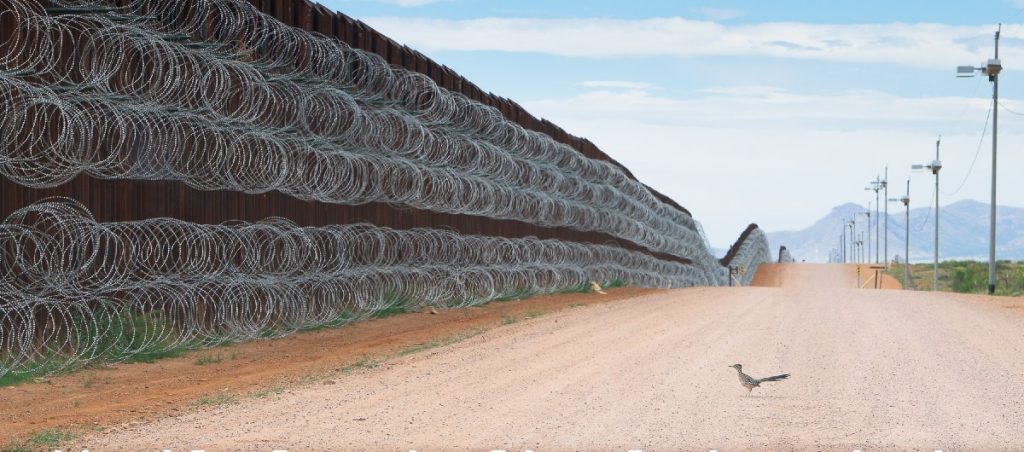It’s been an awful week. I rode south through Crawford and Hemingford, Nebraska and into the town of Alliance. My plan was to bike through Crescent Lake wildlife refuge. It started out great: I had a nice ride for 20 miles through quiet pasture with hardly a car passing by.
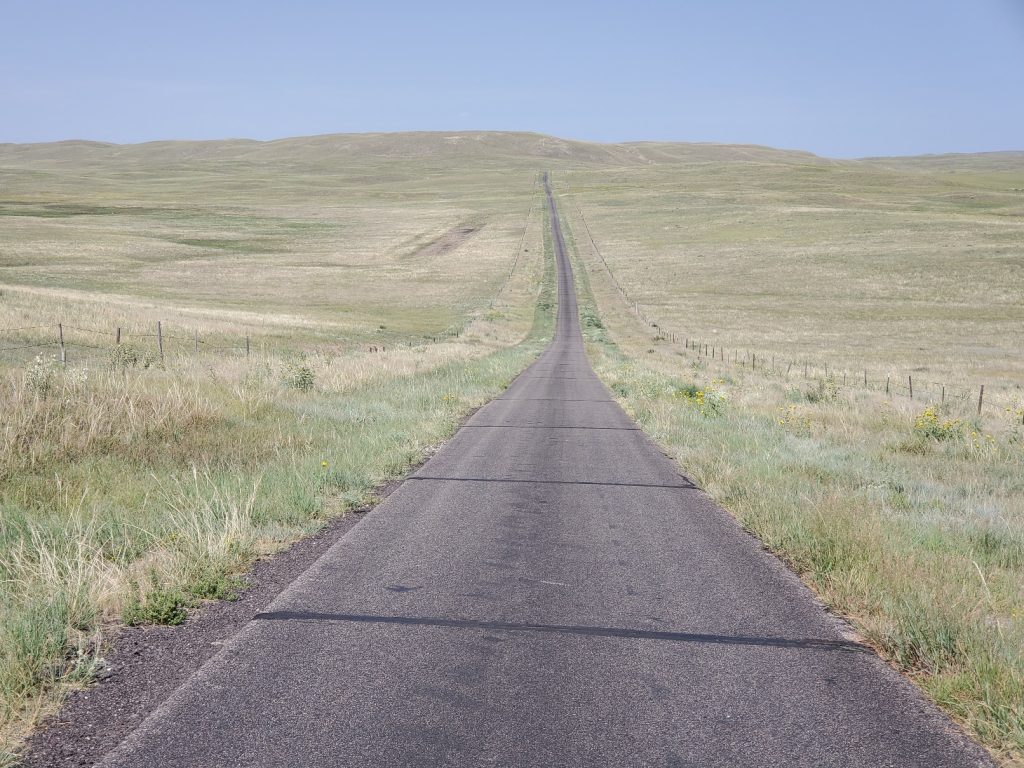

Then I saw the dreaded sign:
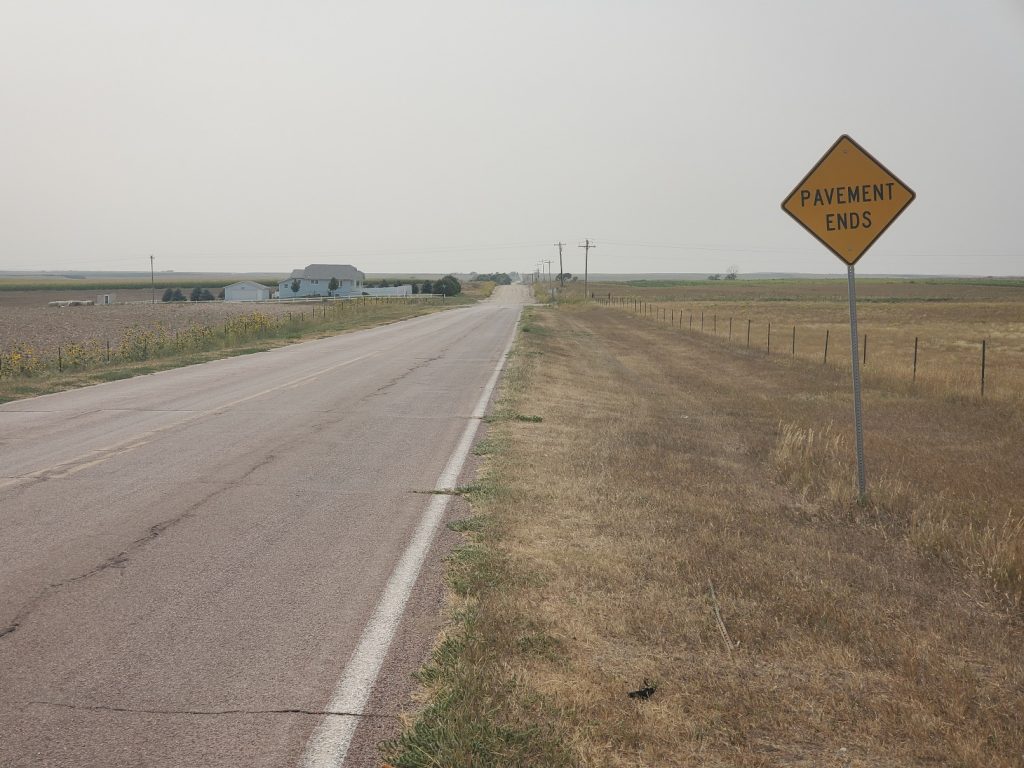
So after 35 miles of pavement the road became total sand. My wide knobby tires are made for gravel but powdery sand is a totally different story. It was impossible. I could barely even walk the bike. The tires just sunk into 3 inches of dust. So after an hour I decided to go a different way, but I was thwarted again by the sandy roads.
It turns out I had entered the Sand Hills of Nebraska. Never heard of them? Well neither had I.
The Sand Hills
The Nebraska Sandhills are one of the largest mixed grass prairie and sand dune regions in the world, and the largest sand dune formation in the Western Hemisphere. The dunes sit atop the Ogallala Aquifer, resulting in thousands of little lakes and ponds in lower-lying areas.
This unique combination of environmental factors makes the Sandhills region the largest, most intricate wetland ecosystem in the United States, according to US Fish and Wildlife Service.
The Sandhills remain one of the wildest, most untamed parts of America. These dunes were once thought to be totally useless since the land could not be used to grow crops. As such, the vast majority of this area has never seen a plow – as much as 85% of the Sandhills region is intact natural habitat.
Early Nebraskans soon learned, however, that the Sandhills are perfect ranch land. Cattle thrive out here in “Nebraska’s Outback.” Today, more than 535,500 head of beef cows are living in the Sandhills.
Here’s where the sand hills are located.
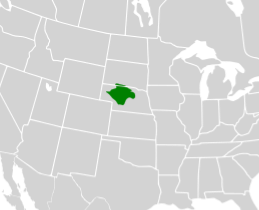
A view of the Sand Hills.
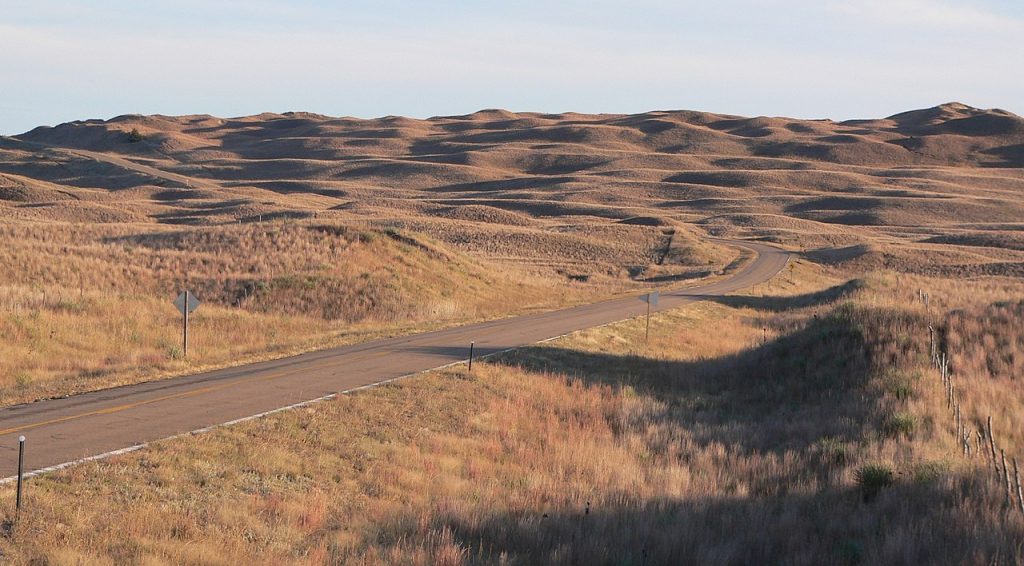
Anyway, since it was impossible to continue on the sand I had to backtrack 35 miles to the town of Alliance. There was a paved highway that I could take to get south. But the next morning I noticed an ominous bulge in my rear tire. The tire was coming apart where the sidewall attaches to the wire bead. I spent a few hours figuring out what to do and finally got a needle and thread and sewed the gap shut. Amazingly, it held, but this was a serious problem. I needed a new tire and there were none in town. I was told I needed to go to Scottsbluff, about 60 miles away, where there is a bike shop.
So I left town again, headed west this time. But after a couple hours I again ran into sand. Again I was stuck, I simply could not ride. The tires just sink into the powder. At the same time I noticed another rip in the tire and sealant leaking out. This time there was no option but to put in a tube and return to Alliance, again. I had two more flat tires before I made it back and just as I arrived the original rip got worse and the tube exploded. The tire was now useless.

What to do? I had planned to stay in a hotel that night because rain was forecast and my old tent was leaking. The hotel receptionist said there was a regional bus service that maybe could get me to Scottsbluff. So I called the next morning and by a miracle they said they could take me there that morning for only $23. So I met them at 10 am and was in Scottsbluff by 11. They even dropped me off right at the bike shop. Fortunately the bike shop had the right size tire and I was able to get kitted out again. A miracle. I camped that night in a campground in Scottsbluff. Here I am on the bus.
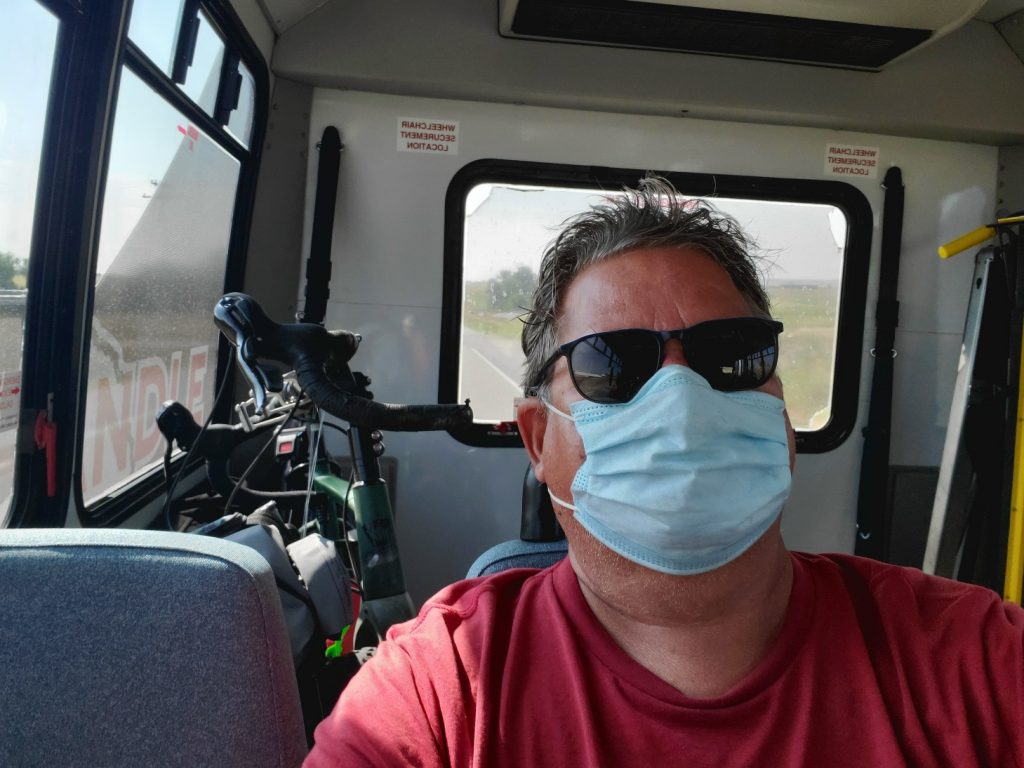
So I am currently in Scottsbluff, Nebraska, waiting for a storm to pass. My plans have changed a dozen times in the past week, but that’s bike touring: you’ve got to be flexible. I’m told I am leaving the Sand Hills now so the dirt roads should be more rideable. But I can always take the highway if need be. At least I don’t have to worry about my tires.
On to a few photos.
Sad sunflowers.

Nice campsite near Crawford, Nebraska.
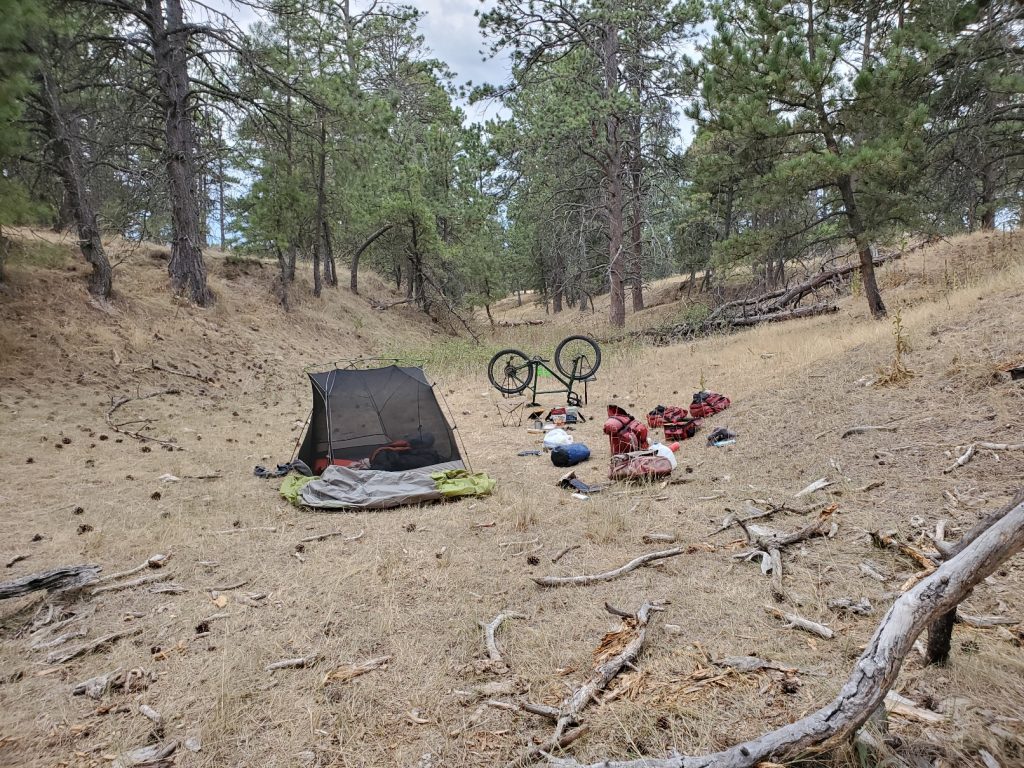
I came across this photo by Alejandro Prieto which recently won an award. It is a roadrunner confronted by the new border wall between the usa and Mexico. Besides a human insult the wall has caused disruption of wildlife movement.
